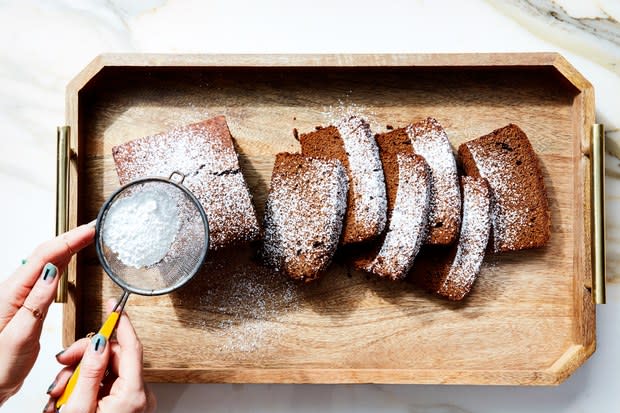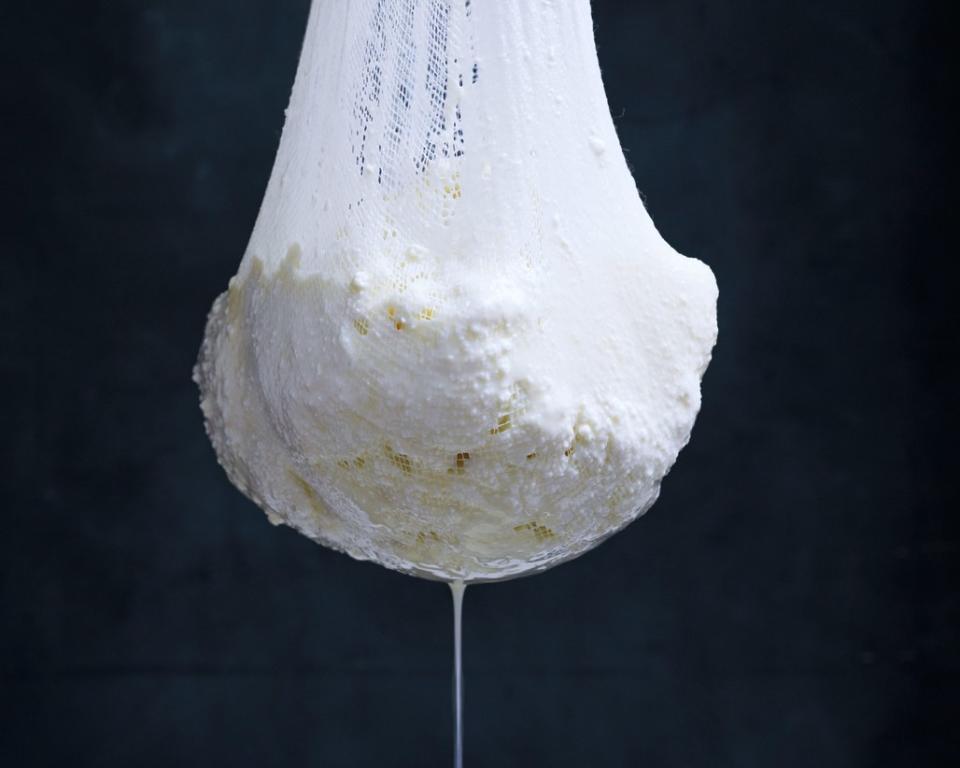9 Health Food Trends You Need to Try Right Now
By Janet Rausa Fuller. Photos by: Alex Lau; Marcus Nilsson; and Chelsea Kyle, Food styling by Katherine Sacks.
Is sorghum the new quinoa? Is bitter melon the new kale or cauliflower? Do you ponder these questions while sipping a charcoal lemonade (which could be the next kombucha)?
The trendiest health food ingredients often make the most flattering Instagram photos, but many of them have something else in common. They're not new.
"They have deep cultural roots. They're not some invention introduced by the food industry," says Sarah Marion, senior manager of syndicated research at the Hartman Group, a food industry consulting firm.
But they reflect the larger trend of clean eating that the people snapping those photos—hey, that's us!—have made a priority. "Health and wellness over the past several decades have taken a more central role in terms of how consumers define themselves and their lifestyles. There's an emphasis on real, whole foods not made in a lab or full of quote-unquote 'chemicals,'" Marion says.
Expect to see more of these nine ingredients filling our plates—and Instagram feeds—this year.
Yes, it's related to the marijuana plant. No, it won't get you high. Of all the nuts and seeds with superfood status, hemp might have the most staying power, says grocery trend expert Phil Lempert, a.k.a the Supermarket Guru. It's high in protein and versatile as an ingredient in snack foods, oil, milk, and butter. It also is one of the easiest and most sustainable crops to grow, part of what's driving the push to legalize industrial hemp production in the United States. (Thirty states allow for some production, but the hemp we consume comes mostly from Canada and China.) "It's going back to the future. George Washington grew hemp," Lempert says. "As federal restrictions loosen up on growing hemp, I think we're going to see a lot more of it," says Marion.
Get this recipe: Breakfast Bowl With Quinoa and Berries
This tropical fruit hits on two big trends: meat alternatives and Southeast Asian cuisine. The unripe fruit has a meaty texture and is relatively flavorless, instead taking on the flavors of whatever it's cooked with. "And it's non-GMO," says Marion, something more consumers are looking for. Watch for products from more companies like Upton's Naturals and the Jackfruit Company, which sell prepared, seasoned jackfruit in packages. In its 2017 foodservice trends report, market research firm Mintel predicts you'll see more jackfruit on restaurant menus, too.
Sorghum
The Epi test kitchen is already sweet on sorghum syrup, long a staple in Southern baking. As interest in alternative, better-than-sugar sweeteners continues to grow, this rich, dark liquid is poised to take a more prominent spot in the pantry. Sorghum has gained a following in its whole form, too. Dubbed "the new 'It' grain" by the James Beard Foundation, it is in fact ancient and plays right into the gluten-free trend, says Marion. It's versatile, nutrient-dense, and cooks up chewy like farro, an appropriate anchor for the still-ubiquitous grain bowl. Or pop it like popcorn for a familiar-tasting, cool-looking snack.
Get this recipe: Roast Chicken With Sorghum and Squash
It's hip to be #wasteless and thus, we have bottled whey. Until recently, food makers and chefs weren't doing much with what's known as acid or sour whey, the probiotic-rich liquid left over from making yogurt and soft cheese like ricotta. (This is different from sweet whey, a byproduct of hard cheese used to make protein powder.) But that's changing, with artisanal yogurt company White Moustache's line of bottled, flavored whey and more chefs using acid whey in savory and sweet dishes and drinks. "Anything that helps [food waste] and can also be a good PR position is on trend," Marion says. You, too, can use whey in smoothies or as a tenderizing marinade for meat. (Plus, you don't need to buy it: just strain yogurt overnight in a cheesecloth-lined colander over a bowl. You'll be left with liquid whey plus thick yogurt to make into [labneh](http://www.epicurious.com/expert-advice/why-labneh-is-better-than-greek-yogurt-article) or dips.)
Bitter melon
This bumpy-skinned, aggressively bitter vegetable is packed with nutrients and has long been used in traditional Chinese medicine. A common ingredient in many Asian cuisines, including Indian and Filipino (also trendy!), it's on Google's list of most-searched functional foods and one that the company calls a "seasonal riser" and a trend "likely to come back even stronger." Marion points out that bitter melon requires some knowledge of how to prep and cook it. "For a lot of Americans that can be a big barrier, so right now we see it more as a restaurant trend," she says. (Feeling ambitious? Try these crispy tempura cakes.)
Get this recipe: Heaven-and-Earth Tempura Cakes (Ten Chi Kaki Agé)
The bandwagon was pushed into motion last April by New York City's Morgenstern's Finest Ice Cream on Instagram (where else?), with a photo and, soon enough, a zillion likes of the shop's new flavor, coconut ash ice cream as black as squid ink. Activated charcoal, the ingredient in question that BA's Andrew Knowlton says is one to watch this year, has been used for centuries in other cultures for its supposed detoxifying and purifying properties. Neither Marion nor Lempert are convinced it will fully catch on. Nevertheless, the current fascination with it, aside from ice cream, is as an ingredient in drinks and beauty products.
Sourdough's rise has everything to do with our interest in fermented foods and the good bacteria in them. "Probiotics and anything that can help enhance your gut flora and microbiome is kind of a hot trend right now," says Marion. And here's a bonus for those with gluten sensitivities: Sourdough contains more easily digestible gluten. Artisanal bakers are taking the trend one step further by using locally milled grains.
Get this recipe: Rustic Bread
It was all the buzz at the 2015 TED conference in Vancouver and now you can buy this flour at Trader Joe's. Another good example of the #wasteless movement, coffee flour was made from the pulp of the coffee cherry, which is typically discarded once the bean inside is extracted. Coffee flour has some caffeine, about the same as what's in dark chocolate, and according to one brand, it's also high in fiber, potassium, iron, and antioxidants. How does it perform in baking? According to Epi's Kat Sacks, it adds a slight bitterness—not in a bad way—and turns your baked goods very dark brown.
It's a blue-green algae, in case you were wondering, and it's been creeping outward from health food stores, where it's sold in supplement or powder form, to mainstream America as a natural food coloring in drinks and snacks. The blue powder in Starbucks' fleeting Unicorn Frappuccino? That's spirulina in action. Touted for its protein content, the algae holds particular appeal for big food companies, most notably Mars Chocolate, the maker of M&Ms, as they move away from artificial dyes. Rainbow food might be forever, after all.
Get this recipe: Green Energy
This story originally appeared on Epicurious.
More from Epicurious:
11 Ingredients You Should NEVER Refrigerate
17 Easy and Family-Friendly Dinners
The Epic Hack to Peeling a Dozen Eggs in 104 Seconds




